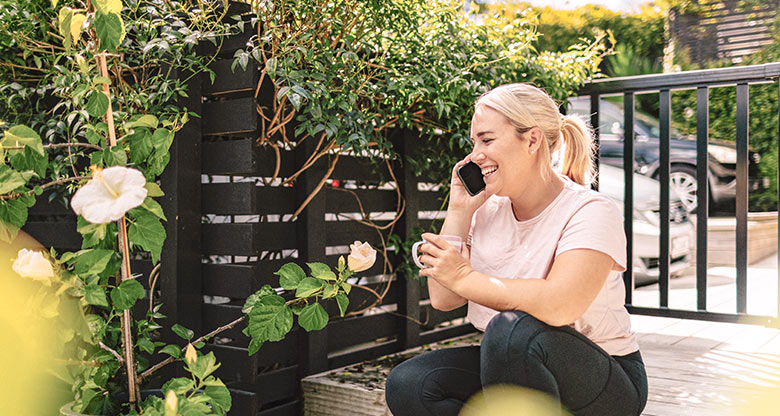Grow your own food
A sustainable food garden (or veggie patch) is a great way to save money, attract bees and other pollinators. You’ll be able to eat fresh, in-season food as different plants grow and ripen and is a project the whole family can enjoy. Even in a smaller space, you can plant family favourites such as tomatoes, strawberries, and herbs. And for any leftovers, try beeswax wrap instead of plastic.
Water systems
Water is a precious resource and one we often take for granted. Fully load your dishwasher instead of hand washing, capture grey or rainwater for your garden, fix any leaky taps and cold wash your clothes. Save warm washes for items like towels, bedding and when heavy-duty washing is required.
Heating and cooling tips
Australian summers are blisteringly hot and our winters can be chilly. But rather than blasting the air conditioning when the temperature changes, it’s recommended you set it to around 23 degrees in summer and 20 degrees in winter (depending on where you live).
You can also keep your home comfortable without air-con. The first and most important step is to ensure your roof is insulated. Check that your windows are snug when closed; if they’re not, try some sealing tape or caulk. You can use a draft excluder to stop wind coming in under your door and blinds or curtains to keep direct sun off the glass.
Think outside the box
Put a dry towel in your clothes dryer to soak up water faster from wet laundry; keep your freezer full so that it doesn’t have to work as hard to cool empty spaces and try not to open and close it too much (which causes the cold air to dissipate).
These suggestions are just the tip of the iceberg – there's lots more you can do to save energy and make your home greener.
Explore more stories and insights on our Sustainability Hub.

